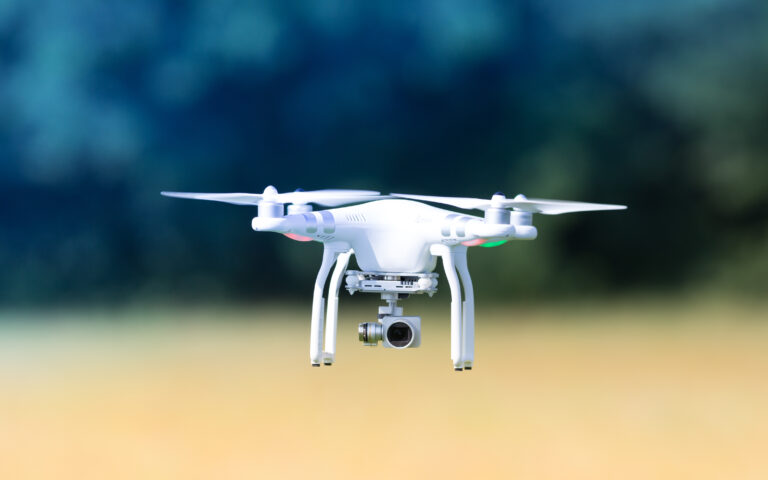The National Business Aviation Association has submitted feedback to the Federal Aviation Administration and Transportation Security Administration on proposed unmanned aircraft system regulations.
The FAA proposed rule would allow certain low-altitude, beyond visual line of sight missions by unmanned aircraft systems without waivers or exemptions. The rule would create operating provisions for package delivery, agriculture, surveying, public safety and flight testing operations for compensation or hire through a notice of proposed rulemaking.
Heidi Williams, vice president of air traffic services and infrastructure at NBAA, said many association members are adding unmanned aircraft systems to operations. “NBAA has a unique interest in this NPRM, as many of our members who have operated manned aircraft for decades are now adding UAS to their mission planning,” Williams said. “In addition, some NBAA member companies use UAS exclusively in furtherance of their businesses.”
Williams said the association considers the proposed rule foundational to advancing unmanned aircraft system integration into the National Airspace System. According to NBAA, members raised concerns including the need for electronic conspicuity, or position sharing, for all aircraft in the National Airspace System.
Williams said electronic conspicuity solutions must be interoperable within the airspace system and among user groups while considering current and future technologies. “ADS-B is one, but not the only means, of achieving effective electronic conspicuity,” Williams said. “Industry standards could be used to identify appropriate means of achieving electronic conspicuity. Universal position sharing through electronic conspicuity across all aircraft in the NAS would also negate the need for complex changes to the existing right-of-way regulations, since UAS would simply detect and avoid all other aircraft.”
Part 108 outlines airworthiness requirements for aircraft operating under the proposed rules. NBAA advocated for retaining the existing criteria for making decisions process as an industry standard for unmanned aircraft system airworthiness.
The TSA proposed measures would impose security requirements on beyond visual line of sight operations, particularly package delivery. Proposed measures include security threat assessments for certain persons engaged in operations and implementation of TSA-approved security programs by certain operation types.
NBAA urged TSA to withdraw its proposed regulations from the rulemaking and undertake a separate risk-based rulemaking process. The association submitted comments addressing both FAA operational provisions and TSA security measures.





